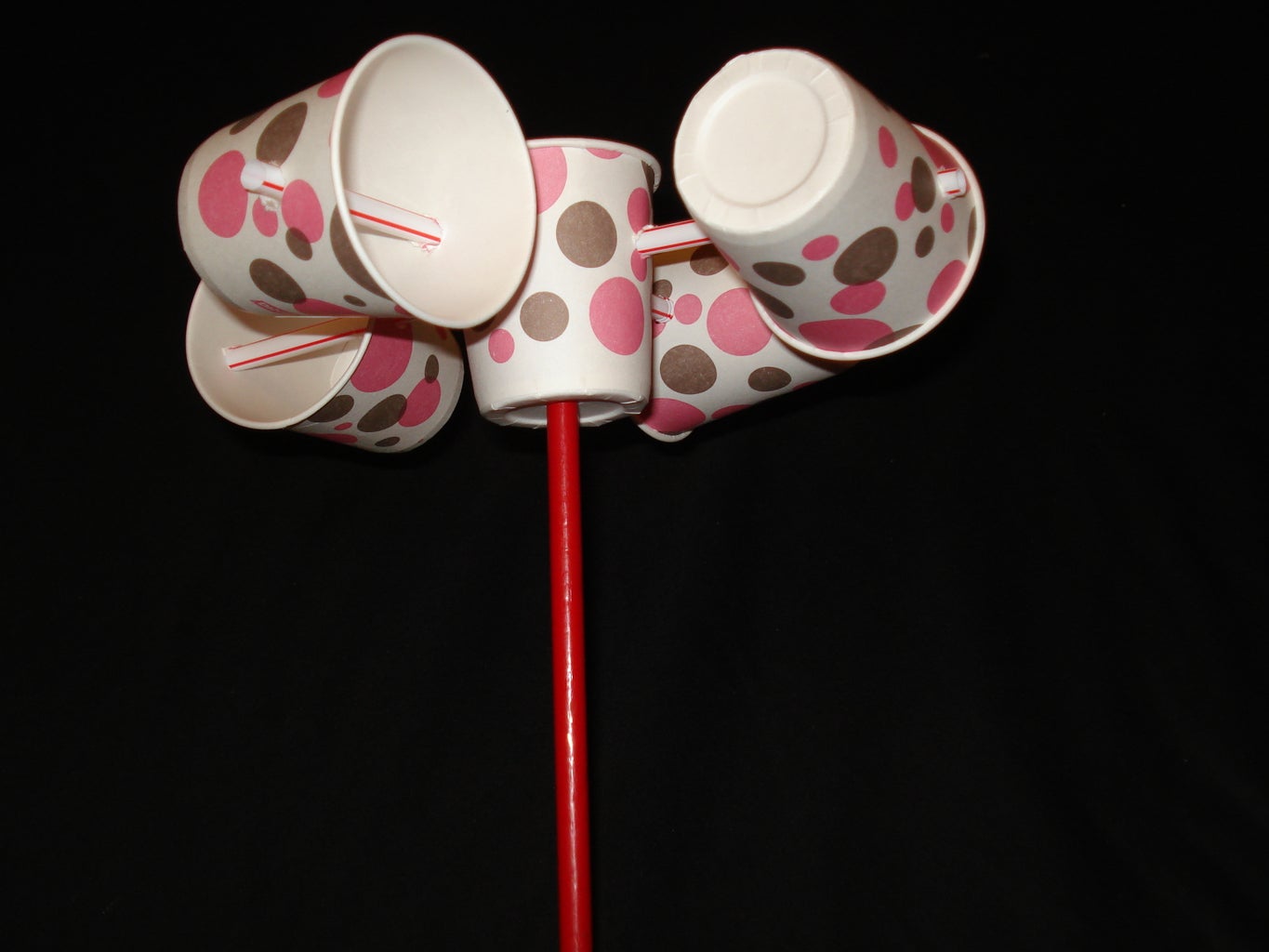Anemometer Innovations: The Latest Technology for Wind Speed Measurement
Wiki Article
All You Required to Find Out About Anemometers: Exactly How They Work, Why They Issue, and Where to Make use of Them
Anemometers, however often overlooked in the realm of scientific instruments, play an essential function in various areas, offering useful understandings into wind speed and air movement patterns. Recognizing the auto mechanics behind these devices is vital for any person seeking to harness the power of this information. From meteorologists tracking weather condition patterns to designers designing frameworks with wind loads in mind, the applications of anemometers are far-ranging and diverse. As we dive into the details of anemometer modern technology, we will reveal the internal workings of these devices, their value, and the vital factors to consider when picking the best anemometer for particular applications.
Anemometer Fundamentals
A vital instrument used to gauge wind speed and instructions, the anemometer plays an important duty in meteorology and different sectors. An anemometer generally is composed of three or four cups that turn in the wind, a vane that directs right into the wind, and sensors to track the activities or rotations.
There are numerous kinds of anemometers available, consisting of mug anemometers, vane anemometers, hot-wire anemometers, and sonic anemometers, each with its distinct attributes and applications. Mug anemometers are typically made use of for basic wind speed dimensions, while vane anemometers are favored for directional measurements.
Concepts of Anemometer Operation
Building on the foundational understanding of anemometer fundamentals, the concepts of anemometer procedure clarify the mechanics behind wind speed and direction measurements. Anemometers operate the principle of air flow influencing a sensing unit, causing it to rotate. Cup anemometers, for example, have 3 or more cups that record the wind, causing them to spin quicker as the wind speed boosts. The turning speed is after that converted right into a wind speed dimension. Vane anemometers, on the various other hand, use a tail or a probe that aligns itself with the wind direction, supplying a dimension of wind direction based upon the alignment of the sensor. Hot-wire anemometers depend on a heated wire that cools off as wind overlooks it, with the price of cooling figuring out the wind rate. Ultrasonic anemometers action wind rate and instructions by examining the time it takes for ultrasonic signals to take a trip in between transducers. Recognizing these concepts is critical for exact and trusted wind dimensions in different applications.Relevance of Anemometers
Anemometers play a critical role in determining wind rate and instructions, providing essential data for weather condition forecasting, climate studies, environmental monitoring, and aviation operations. Meteorologists count on anemometers to gather exact wind information, assisting them comprehend weather condition patterns, anticipate storms, and problem timely warnings to the public. Wind ranch drivers utilize anemometers to analyze wind problems and make best use of electricity production from wind turbines.Applications Across Numerous Industries
In the renewable energy industry, anemometers play a critical duty in assessing wind conditions for wind farm positionings, making certain optimum power manufacturing. Industries like building and construction and mining make use of anemometers to check wind rates, critical for safety and security procedures, specifically when working at elevations or in open-pit mines where strong winds can posture dangers. In agriculture, anemometers help farmers in handling crop splashing by giving real-time information on wind speed to avoid drift.
Selecting the Right Anemometer for Your Demands
For general dig this purposes, a cup anemometer is suitable for gauging wind rate, while over here a vane anemometer gives wind instructions data. Hot-wire anemometers are optimal for low airspeed measurements, and ultrasonic anemometers offer high precision and longevity.
Verdict
To conclude, anemometers play a critical function click for more in measuring wind speed and instructions throughout different markets. Comprehending the concepts of anemometer procedure is essential for selecting the best tool for specific needs. From meteorology to aeronautics, anemometers are vital devices for guaranteeing and gathering precise data safety and security in various applications. It is essential to think about the significance of anemometers in order to make enlightened decisions when selecting one of the most suitable gadget for measuring wind conditions.There are different kinds of anemometers available, including mug anemometers, vane anemometers, hot-wire anemometers, and sonic anemometers, each with its special attributes and applications. Cup anemometers are typically utilized for standard wind rate measurements, while vane anemometers are chosen for directional dimensions. Hot-wire anemometers are suitable for low airspeeds, and sonic anemometers are suitable for high-precision dimensions in research and industrial settings.Building on the foundational understanding of anemometer fundamentals, the concepts of anemometer operation illuminate the technicians behind wind speed and direction measurements. For basic objectives, a cup anemometer is ideal for determining wind rate, while a vane anemometer gives wind direction information.
Report this wiki page